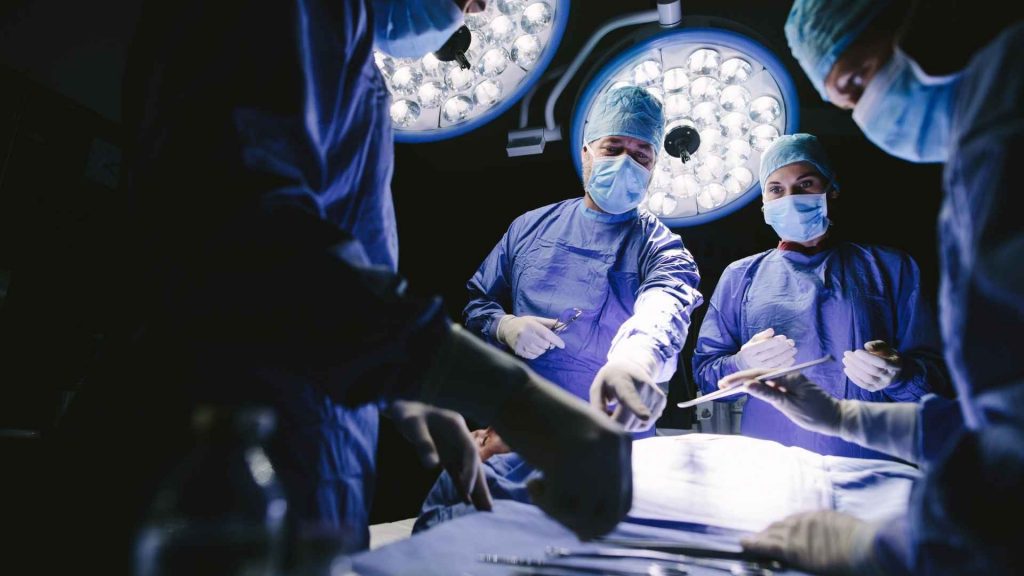
Our journey to becoming proficient in our respective professions is akin to carving a sculpture from a block of marble. It takes patience, dedication, unwavering focus, and a hands-on experience that shapes our skills gradually but steadily. This notion resonates with surgical education where learning extends far beyond the textual world of anatomy books into the interactive realm of human body parts.
Embracing the art of surgery requires tactile and visual comprehension proficiently mirrored through practical encounters with real body parts. This interaction not only refines a surgeon's dexterity but also fosters a nuanced understanding of human anatomy. In this complex realm where precision and knowledge merge sits Biotech Anatomy, a renowned entity dedicated to facilitating surgical education through the use of actual human body parts. However, alongside its apparent benefits, the incorporation of human body parts in surgeon training introduces unique challenges and ethical considerations that cannot go unnoticed.
Advantages of Using Human Body Parts in Surgeon Training
In the crucial domain of surgical preparation, practicing with authentic human body parts presents a distinct advantage over traditional methods. It affords future surgeons the luxury of a realistic training experience, instilling a sense of familiarity and confidence.
This tangible, hands-on approach enables detailed exploration of intricate human anatomy and physiology, enhancing the surgeons’ knowledge and understanding. It's like getting your hands on a detailed map of an unexplored territory, creating a mental imprint for future reference.
Moreover, the use of human body parts in surgical training allows would-be medical practitioners to practice complex procedures and sharpen their skill set. This, in essence, enhances precision, further reducing the risks inherent during real-life operations. In the next section, we will touch upon the challenges and considerations involved in adopting this superior yet meticulous teaching approach.
Challenges and Considerations in Implementing Human Body Part Training for Surgeons
While the benefits of using real human body parts for training are clear, implementing this teaching method is not without its challenges. One of the primary concerns revolves around the ethical and legal considerations. Gaining consent for the use of body parts posthumously for educational purposes is a sensitive issue that needs to be handled delicately.
In addition, there's the challenge related to the availability and cost of human body parts, particularly in Israel. The price varies and it might not always be viable to obtain these resources for new surgeons to practice on. Courtesy of their rarity, they can be expensive, making financial planning crucial for medical institutions aiming to utilize this approach.
Lastly, proper handling and disposal of human body parts needs to be stringently controlled, following both international and Israeli standards. These considerations are essential not only for respecting the dignity of the donors, but also for ensuring the safety and efficiency of such ventures.
Impact of Utilizing Human Body Parts on Surgeon Education
The implications of incorporating human body parts into surgical education are not only profound but also multifaceted. A notable impact is on the enhancement of surgical skills and precision. With this method, surgeons gain first-hand experience, understanding the intricate details of human anatomy beyond what textbooks offer. This translates into more reliable surgeries, as the surgeons gain substantial tactile knowledge.
In addition to honing technical expertise, it also fosters psychological preparedness. Operating on cadavers helps new surgeons bolster their confidence and readiness for real-life surgeries. It emulates the pressure associated with performing surgical procedures on living persons, preparing them to handle unexpected scenarios during actual operations.
Furthermore, this comprehensive training eventually works in favour of patients as well, resulting in better treatment outcomes and reduced surgical complications. In the next section, we will explore the potential future of this intriguing and important approach to surgical training.
Future Directions for Enhancing Surgeon Training with Human Body Parts
The use of human body parts in surgical training is a valuable tool in providing hands-on experience to learners. Yet, it's equally crucial to explore further possibilities for enhancing surgeon training in the future.
Integration of Virtual Reality and Simulation Technology
One promising avenue is the incorporation of virtual reality (VR) and simulation technology. By amalgamating these tools with human body parts, trainees could practice complicated procedures in a risk-free, lifelike environment, strengthening their understandings of complex anatomical structures.
Advances in 3D Printing
Additionally, advances in 3D printing technology offer opportunities for creating near-perfect replicas of body parts. This technology could supplement real body parts, allowing for less wastage and facilitating teaching and learning, as mentioned before when discussing the challenges associated with this method of training.
Collaboration with Anatomical Organizations
Last but not least, fostering collaborations between medical schools and anatomical organizations could ensure a steady supply of legally and ethically sourced body parts, contributing to sustainable, quality education for future surgeons.
For More Info: biotechanatomy
